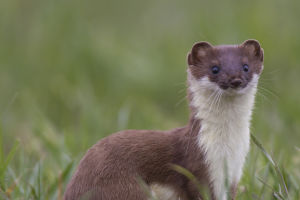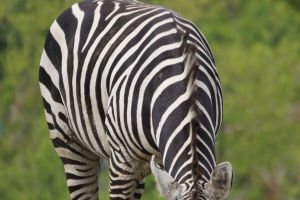The brown bear, often referred to as the grizzly bear in North America, is a fascinating example of adaptability and versatility in the animal kingdom.
With its imposing physical characteristics, including a robust body, pronounced shoulders, and a dense coat, the brown bear is an emblem of strength and endurance.
Here’s a closer look at the brown bear’s lifestyle, diet, and behaviors that underline its status as one of the most remarkable terrestrial carnivores.
Brown bears are among the largest land carnivores, showcasing significant physical power, especially evident in their formidable forearms. Their ability to run at high speeds, despite their bulky build, allows them to catch up with prey efficiently. This combination of strength and agility makes them apex predators in their habitats.
Their diet is predominantly omnivorous, with plant-based foods making up over 60% of their intake. This includes roots, tubers, grasses, grains, and fruits. Animal-based foods, such as insects, rodents, hoofed animals, fish, and carrion, make up the remainder. This varied diet reflects the brown bear's adaptability to different environments and food sources, ensuring a balanced nutritional intake.
The diet of brown bears changes with the seasons, highlighting their ability to adjust to available food sources. For instance, coastal brown bears exploit the annual salmon spawning season, showcasing their skill as proficient swimmers and fishers. This adaptability in feeding habits underscores the brown bear’s resourcefulness in securing nourishment.
Brown bears display remarkable adaptability, inhabiting diverse environments from desert edges to alpine forests and ice fields. Their preference for specific habitats varies by region, with North American bears favoring open areas like tundra regions and alpine meadows, while Eurasian bears are more inclined towards dense forests. This adaptability is a testament to the brown bear’s survival skills across various ecosystems.
Brown bears are primarily solitary animals, emphasizing their independence. Their activity peaks during dawn and dusk, although their patterns can vary. The solitary nature of brown bears, combined with their adaptability and survival strategies, illustrates their role as formidable yet solitary giants of the wilderness.
In summary, the brown bear's lifestyle, diet, and behaviors showcase its incredible adaptability and strength. As one of the largest carnivores on land, the brown bear's existence is a fascinating study of the balance between power, adaptability, and the instinctual drive for survival.


